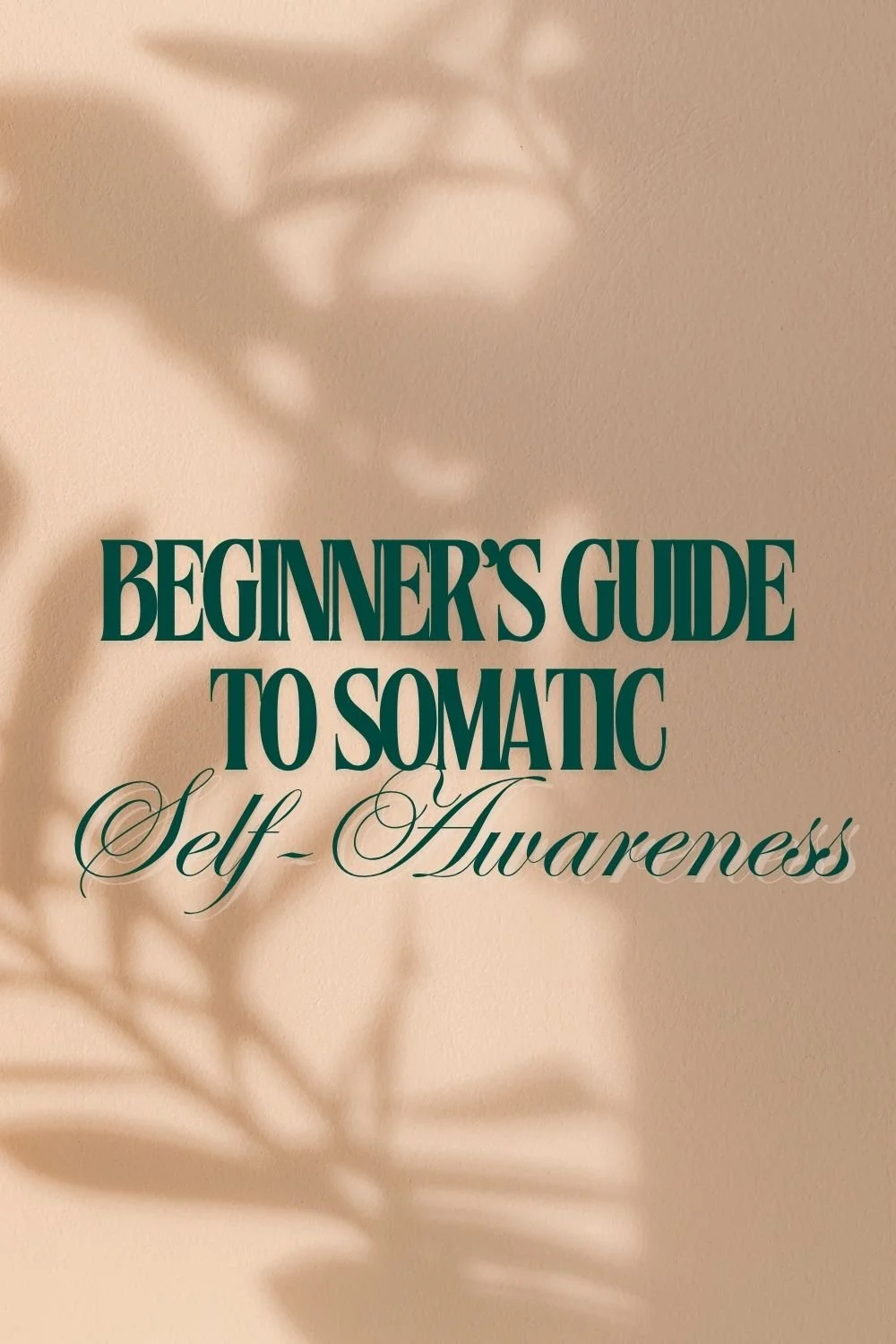Somatic Self-Awareness: A Beginner’s Guide to Listening to Your Body
Sometimes we’re not anxious - we’re dysregulated.
Somatic self-awareness means tuning into the body’s messages so you can respond with care, instead of reacting from habit. It’s about noticing that flutter in your chest, that jaw tension, or the way your shoulders tighten before your mind catches up.
What Is Somatic Awareness? “Somatic” comes from the Greek word soma, meaning body. Somatic awareness is the practice of noticing your internal physical sensations without judgment.
It’s the difference between thinking “I’m overwhelmed” and noticing, “My chest feels heavy and I can’t take a deep breath.”
Why the Body Keeps the Score
The nervous system stores emotional experiences
Unprocessed trauma can show up as chronic tension or numbness
Awareness is the first step toward emotional regulation and healing
3 Ways to Start Listening to Your Body
Body Scan Practice Close your eyes and gently scan from head to toe. What sensations do you notice? Tightness, warmth, numbness?
Movement Tracking After a walk, stretch, or shower, reflect: “What feels different now?”
Emotion-Sensation Matching When you feel a strong emotion, ask: “Where do I feel this in my body?”
How Therapy Supports Somatic Awareness As a therapist, I guide clients in reconnecting with their body in safe, gentle ways. Through somatic exploration, we:
Identify stored emotional patterns
Reclaim felt safety
Rebuild trust between body and mind
Your body is not a problem to fix it’s a messenger to listen to. Learning to hear your body’s signals is a powerful path to self-understanding and emotional freedom.
Curious about somatic therapy and how it can support your healing? Let’s talk about what it means to come home to your body.

